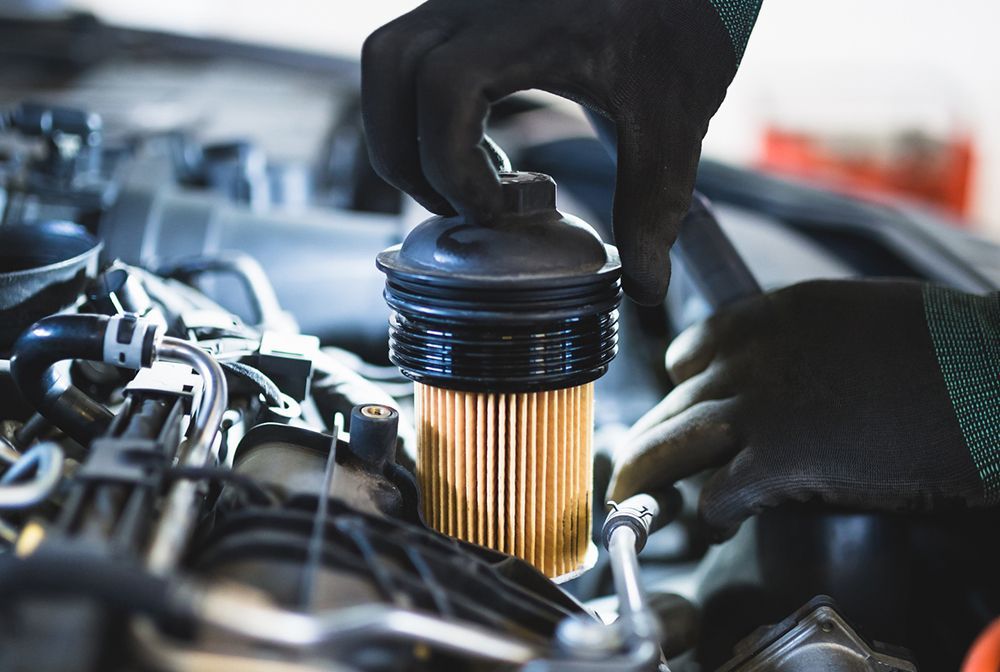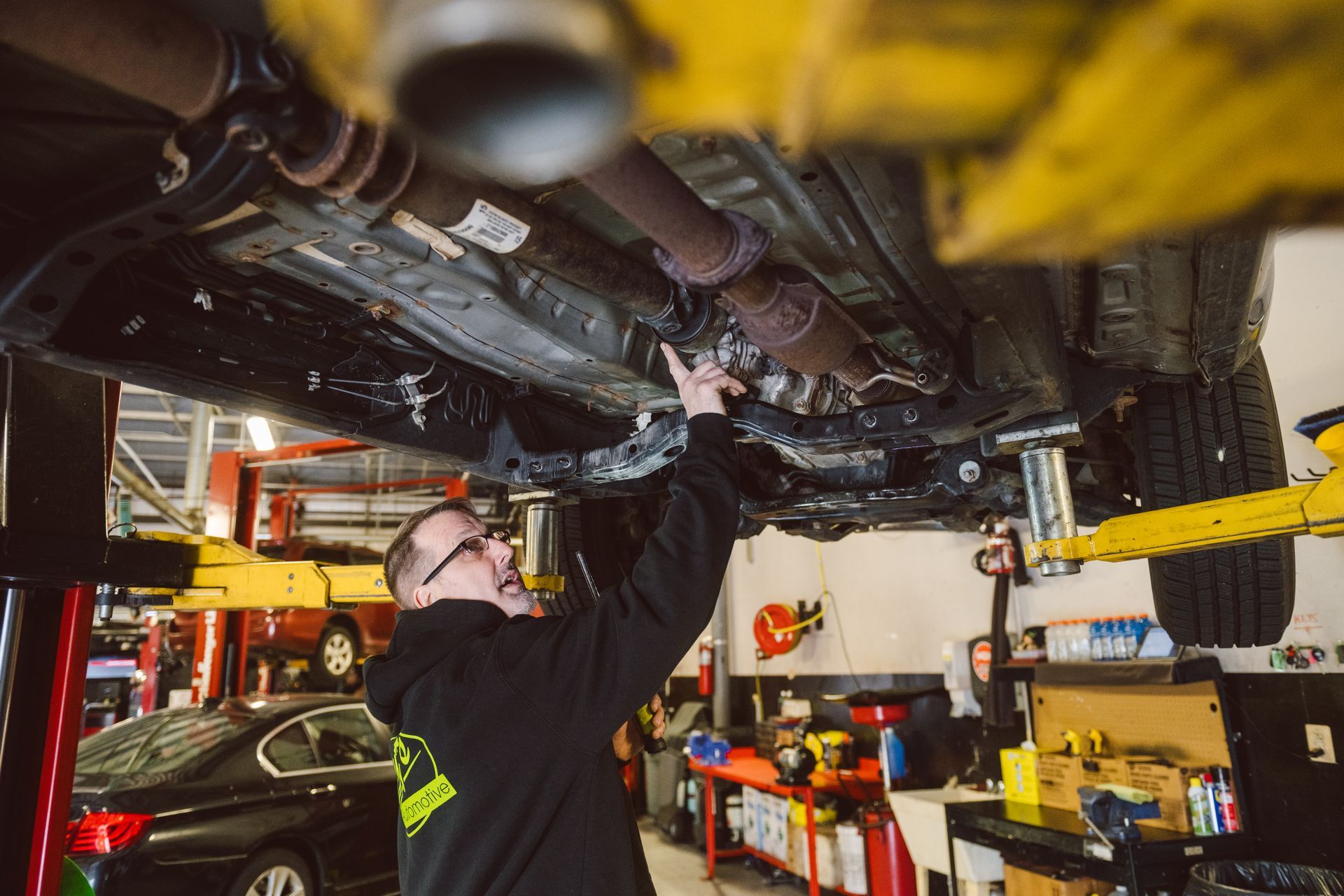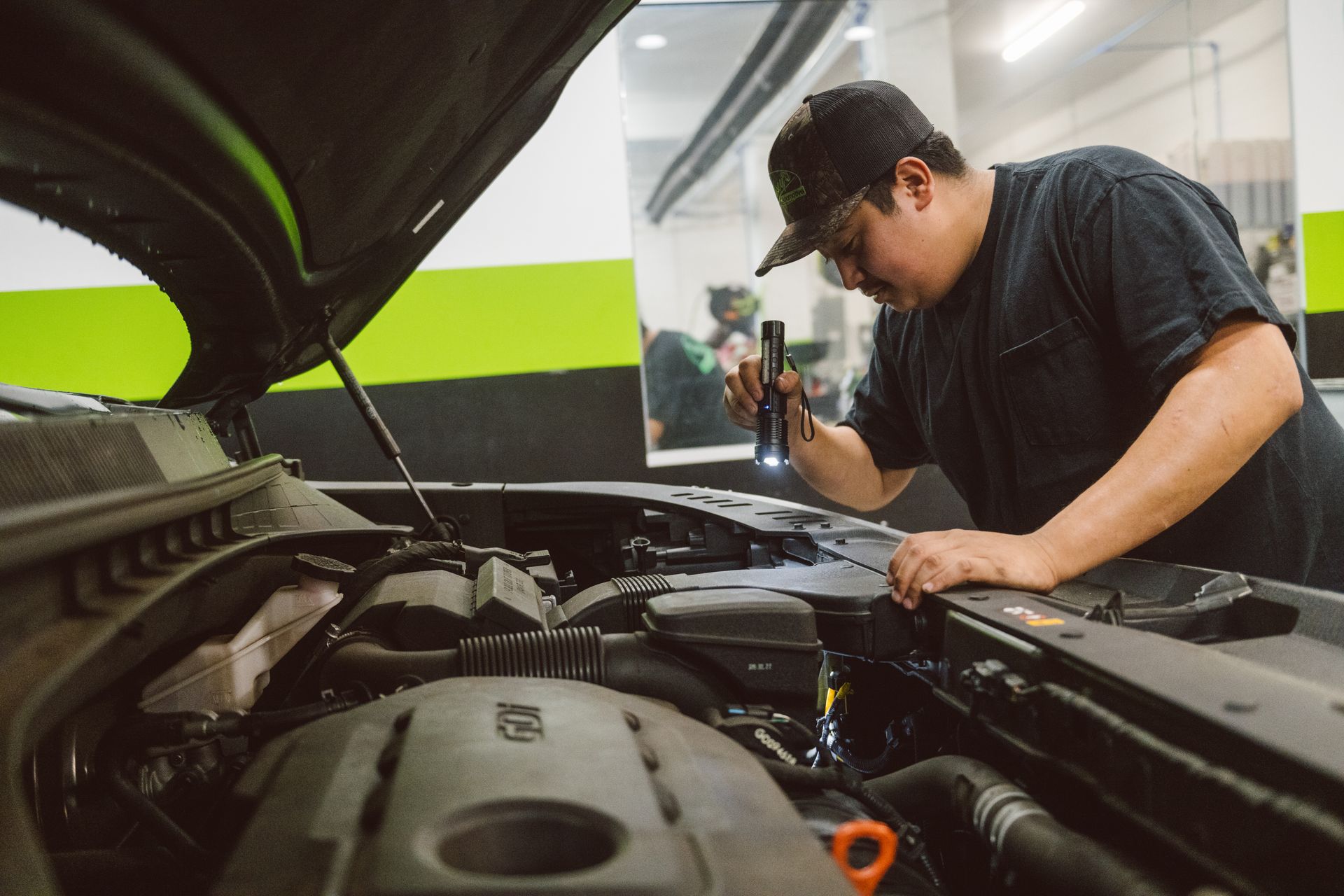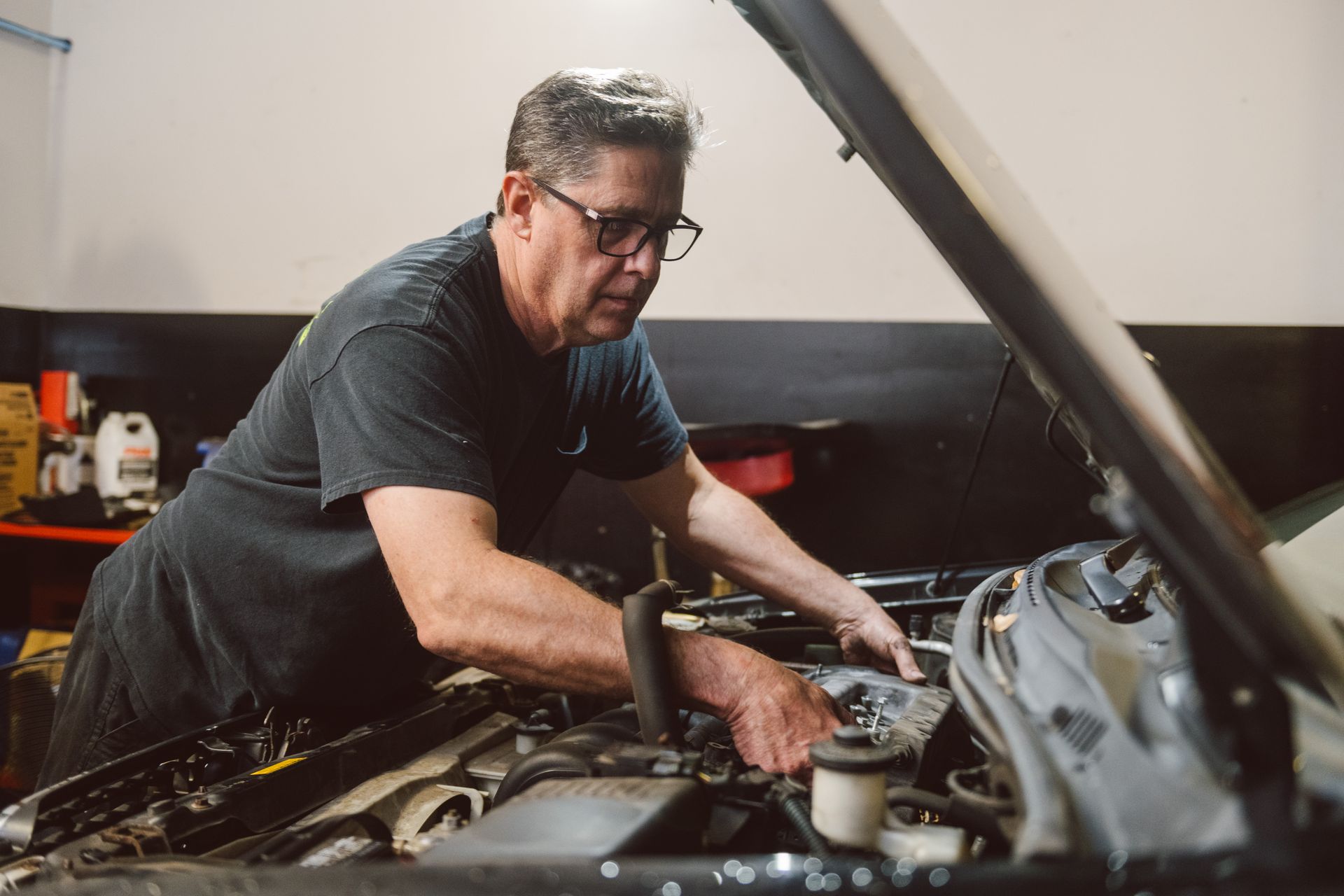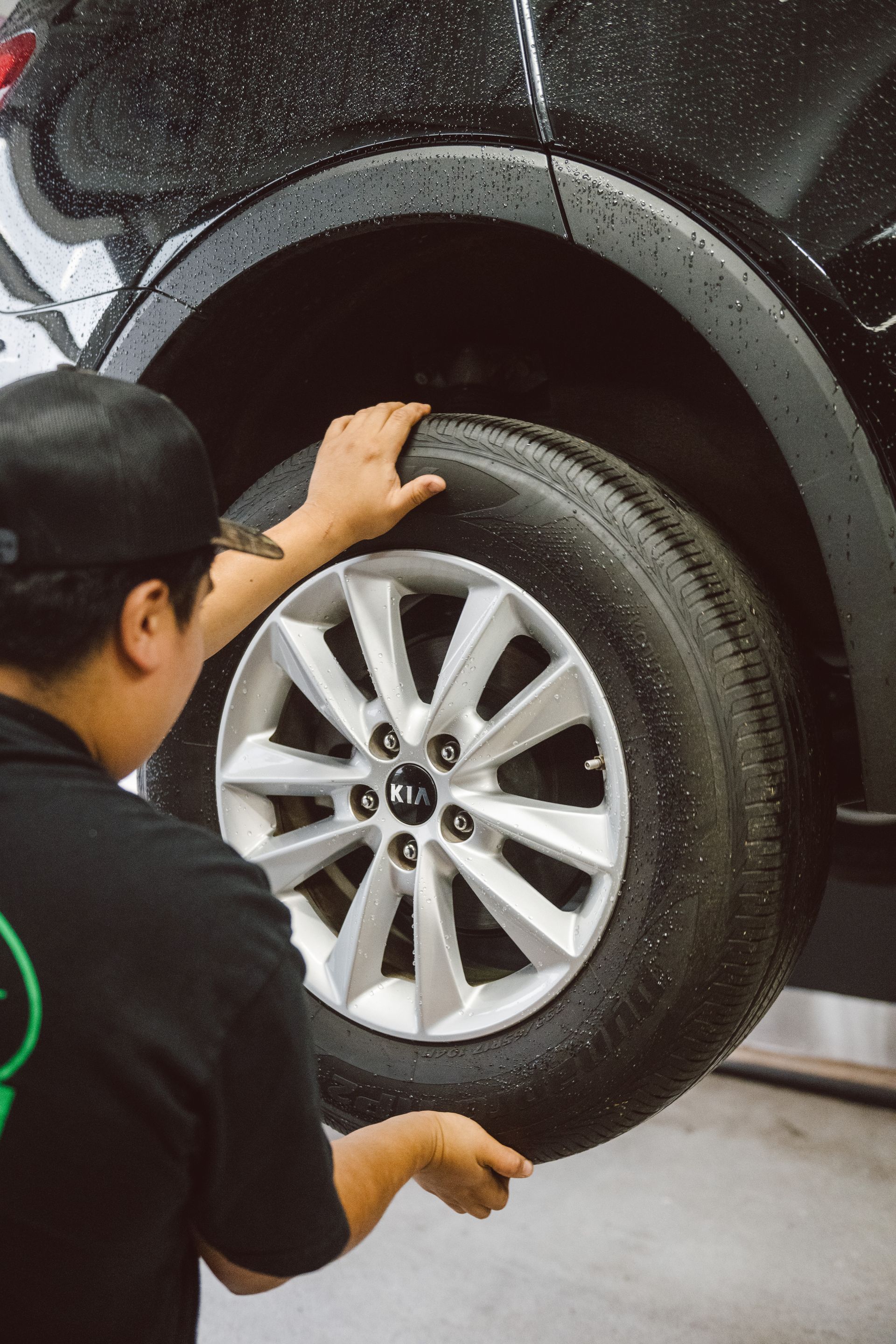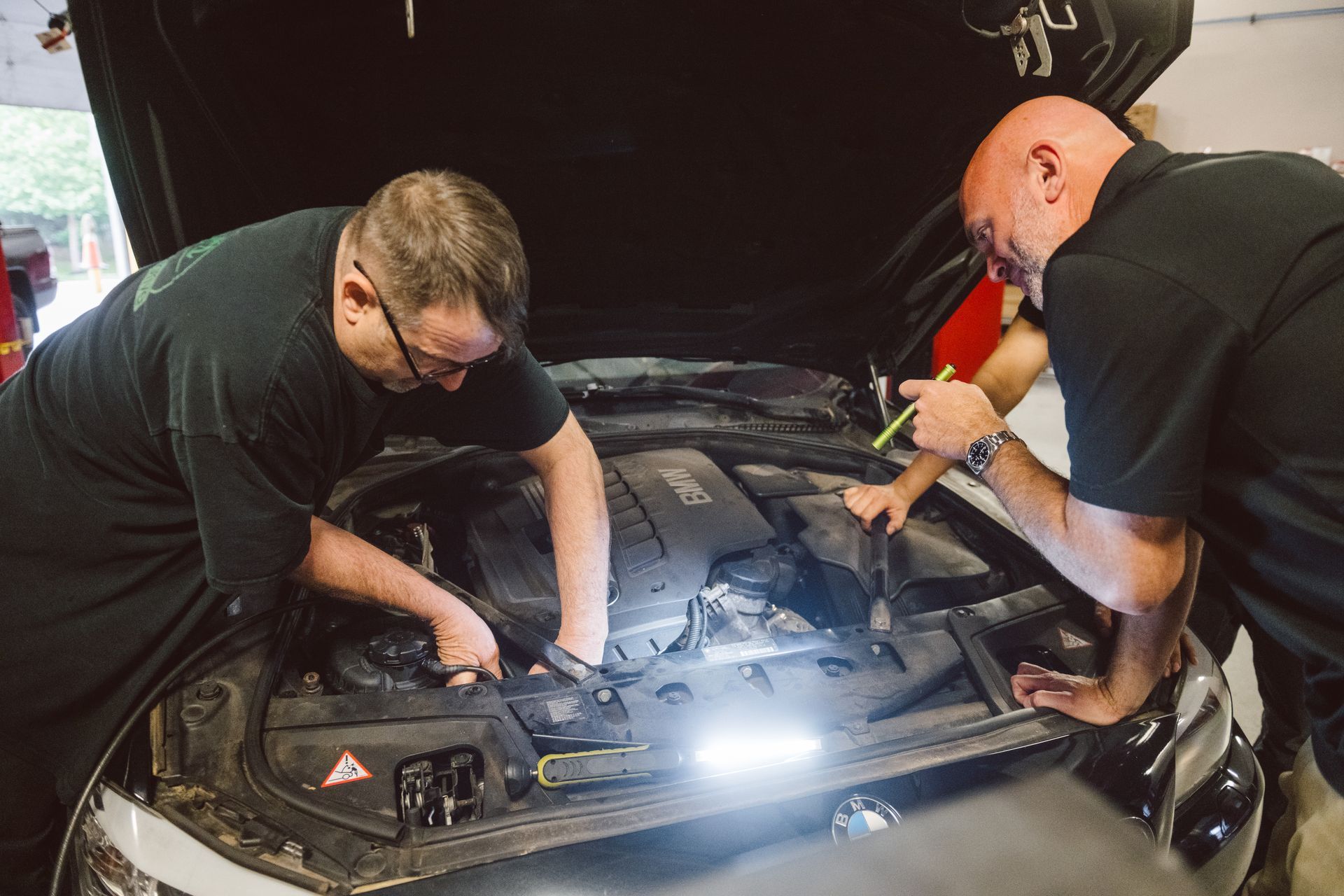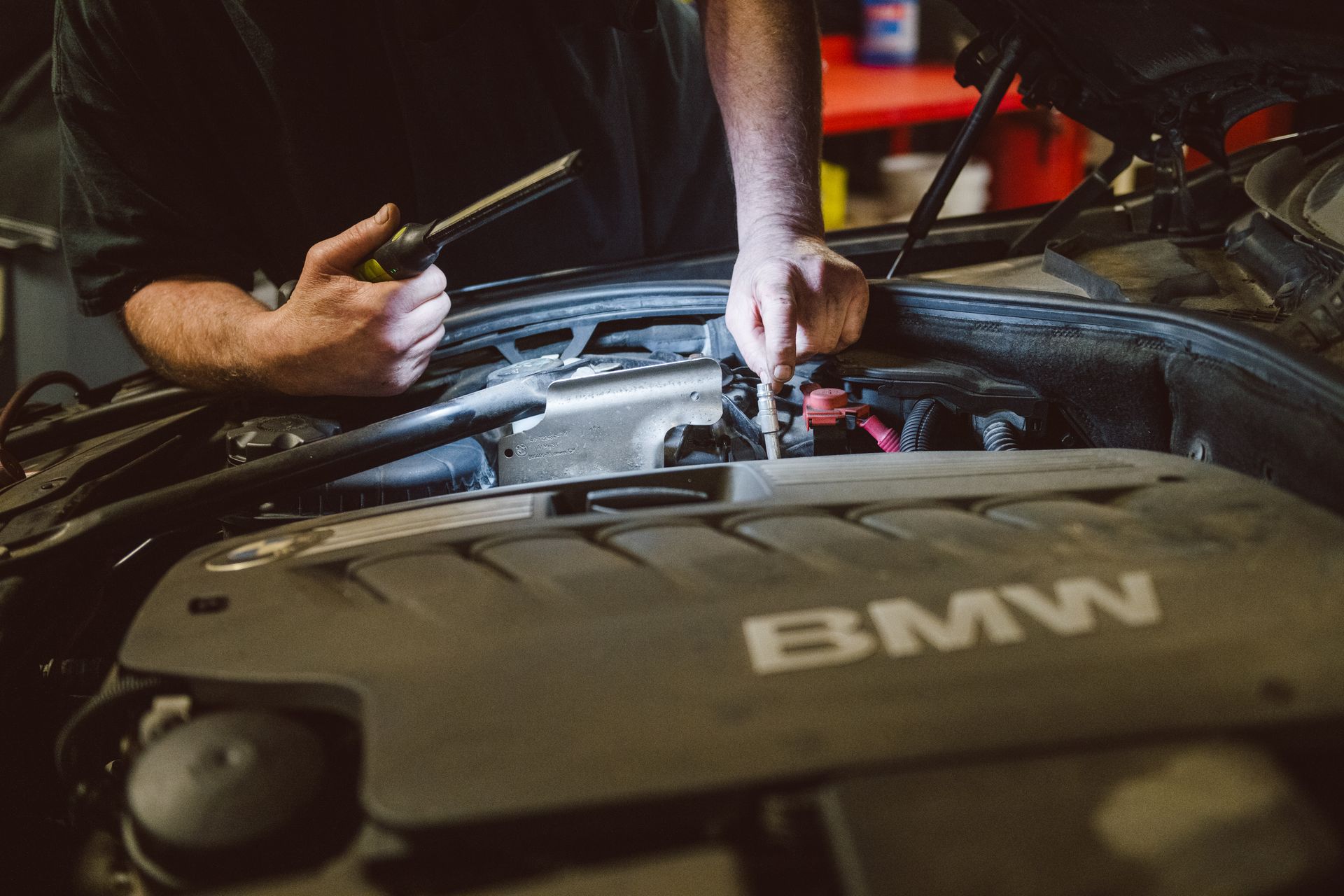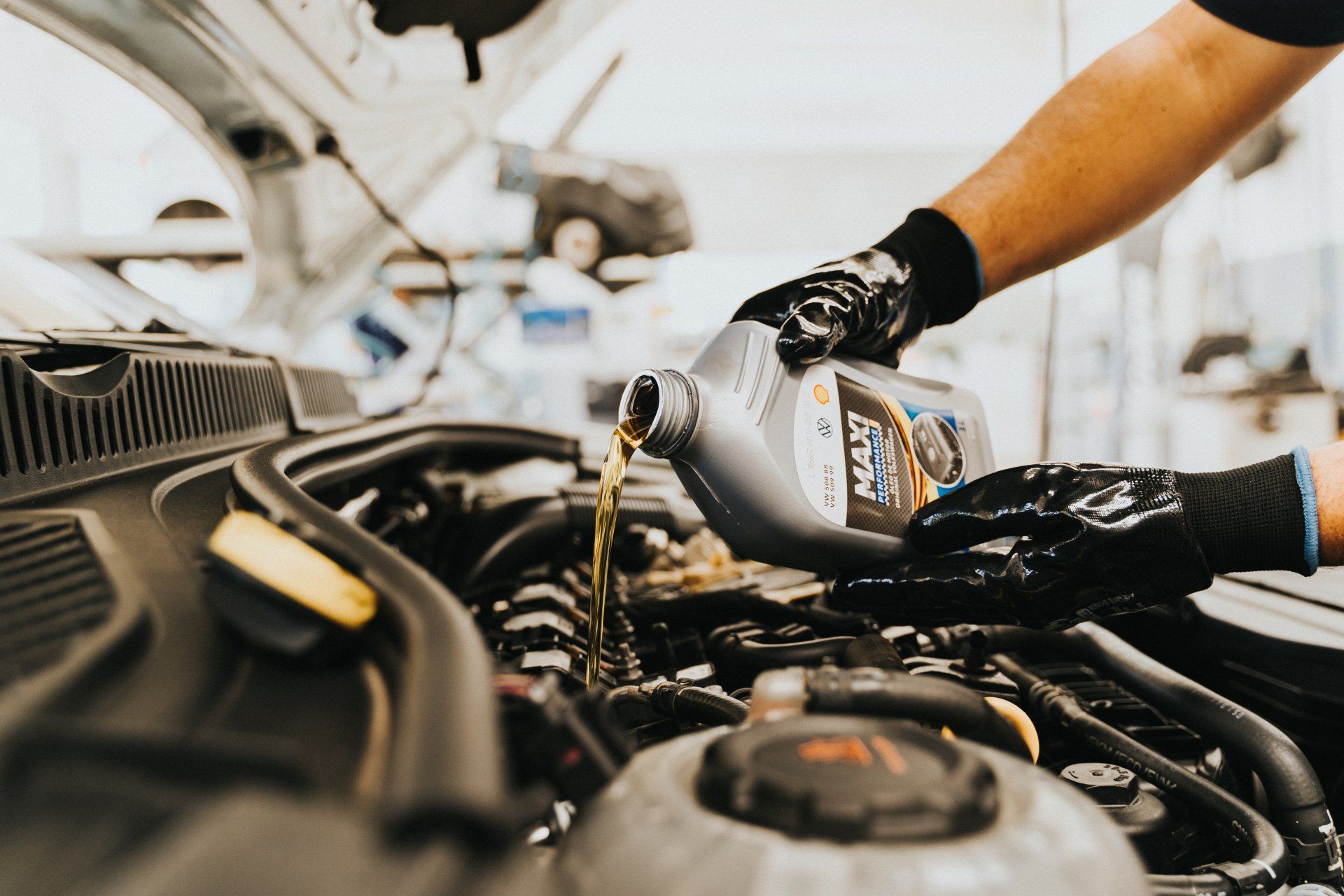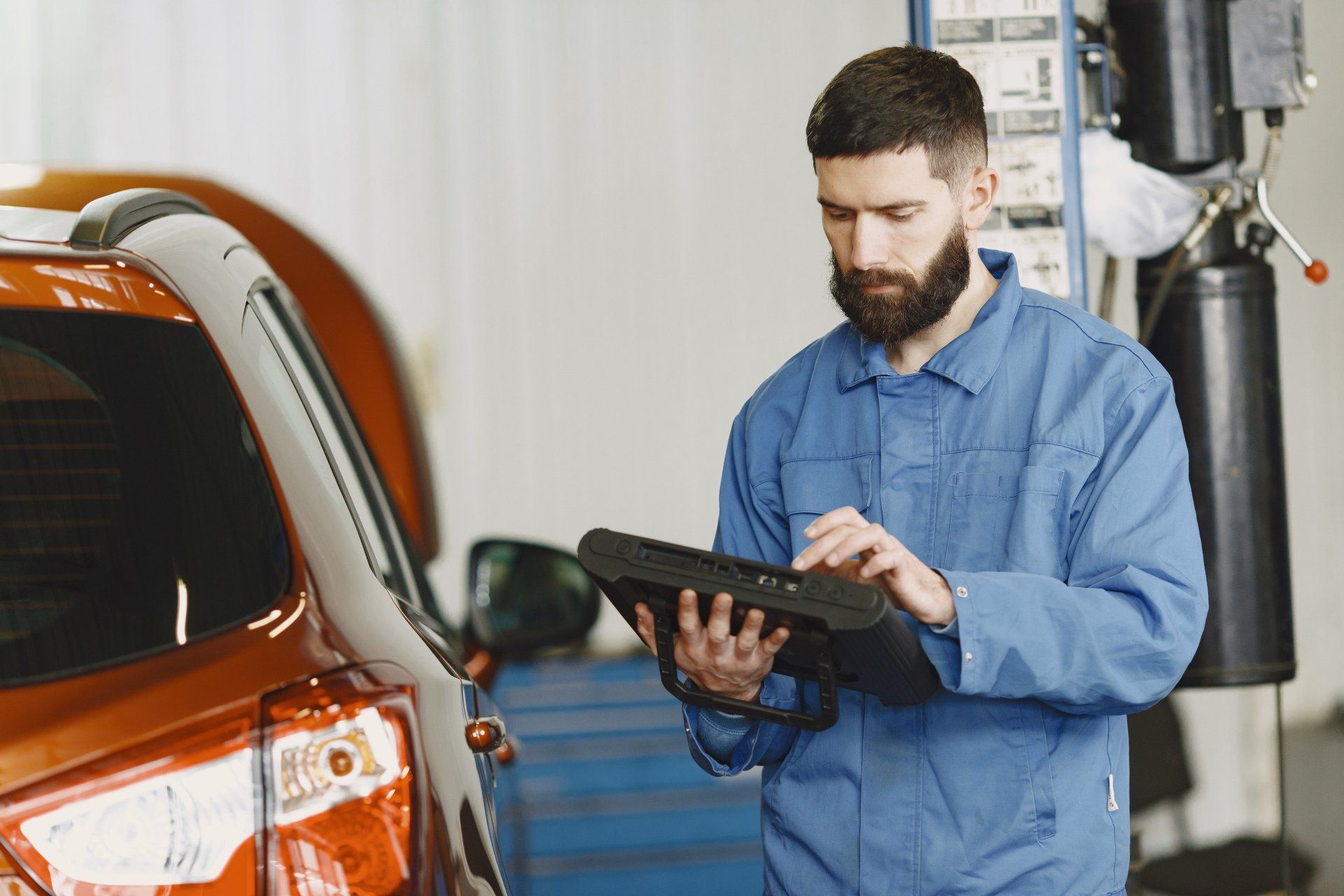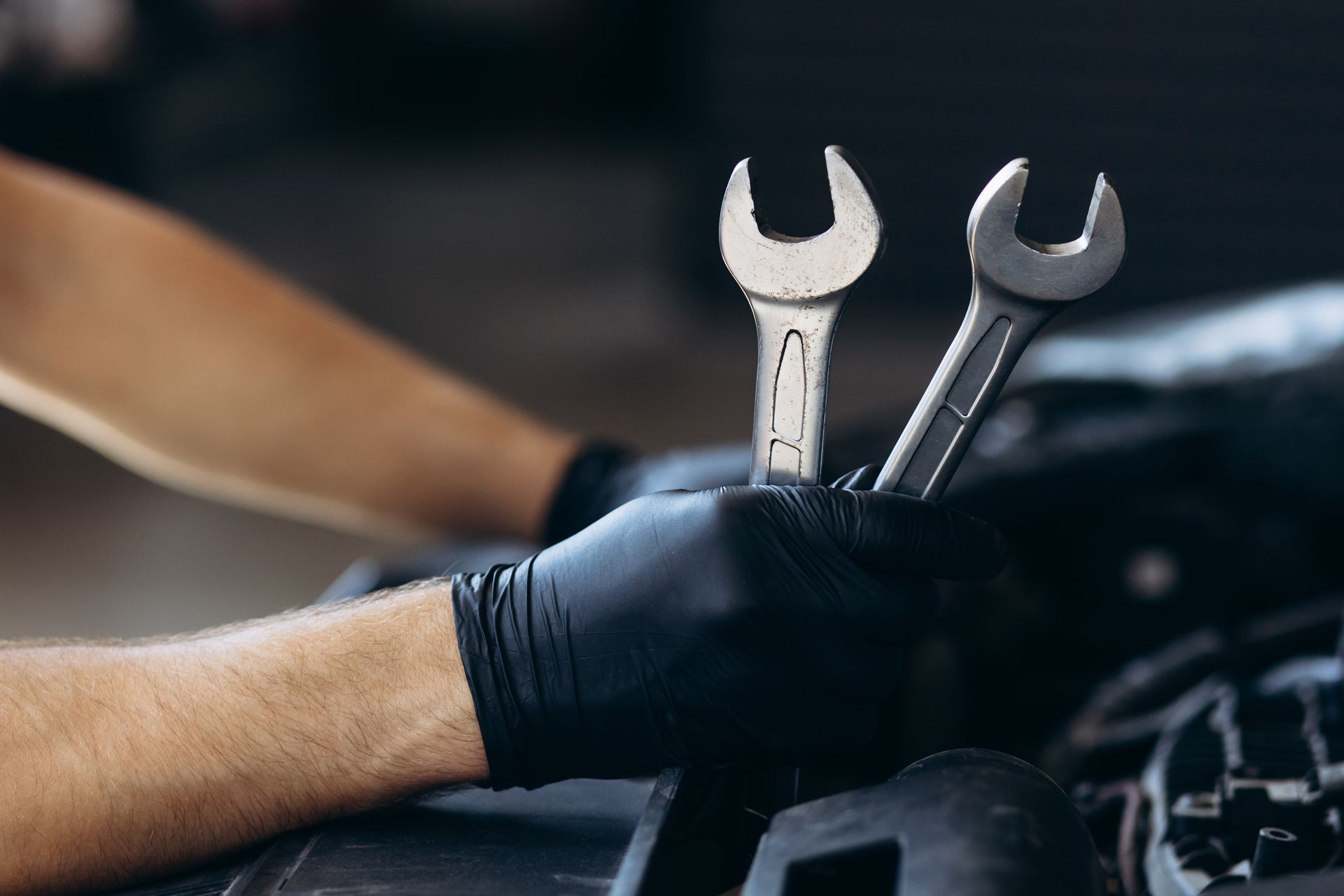The Components of an Automotive Brake System
As drivers, we rely on our cars’ brake systems to keep us safe on these Sterling, VA, roads. A properly functioning brake system can differentiate between a close call and a severe accident. In this blog, we’ll dive into the components and operation of a car’s brake system, including hydraulic braking, ABS, and disc brakes.
Brake Pedal, Cylinder, Caliper, Rotor, & Pads
An average brake system consists of several components that work together to slow or stop the vehicle. These components include the brake pedal, brake lines, brake master cylinder, brake booster, brake calipers, brake rotors, and brake pads.
The brake pedal is where the driver initiates the braking process by pressing down on the brake pedal, which activates the brake booster that adds to the force applied to the pedal and transfers it to the brake master cylinder.
The brake master cylinder creates the hydraulic pressure necessary to operate the brake system. When the driver presses down on the brake pedal, it causes a piston in the master cylinder to move, pressuring the brake fluid in the brake lines.
The brake lines are the tubes that carry the brake fluid from the master cylinder to the brake calipers. They are usually made of steel or flexible rubber.
The brake calipers are the components that apply pressure to the brake rotors to slow or stop the vehicle. They contain pistons that are activated by the pressurized brake fluid from the master cylinder. When the pistons move, they cause the brake pads to clamp down on the brake rotors, creating friction that slows or stops the vehicle.
The brake rotors are the large, flat discs on which the brake pads clamp to slow or stop the vehicle. They are usually made of cast iron or other durable materials.
The brake pads are the components that make contact with the brake rotors to create friction and slow or stop the vehicle. They are usually made of a heat-resistant material like ceramic or metallic.
Hydraulic Braking
The brake system in most cars is a hydraulic system. The hydraulic system uses brake fluid to transfer the force from the brake pedal to the brake calipers. When the driver presses down on the brake pedal, it causes the master cylinder to create pressure in the brake fluid, which is then transferred to the brake calipers. This pressure causes the pistons in the brake calipers to move, which in turn causes the brake pads to clamp down on the brake rotors.
Anti-lock Braking System
Many modern vehicles have an anti-lock braking system (ABS), which helps prevent the wheels from locking up and skidding during hard braking. The ABS uses sensors to detect when a wheel is about to lock up, and it alters the brake pressure to prevent it from skidding.
Disc Brakes
Most modern cars, trucks, vans, and SUVs use disc brakes, which have several advantages over older drum brakes. Disc brakes are more efficient at dissipating heat, which can help prevent brake fade during hard braking. They are also easier to service and maintain since the brake pads and rotors can be easily replaced when they wear out.
Brake Service & Repair at Casey’s Automotive in Sterling, VA
We are used to the stop-and-go traffic in Northern Virginia, but our brakes take a beating. Ensuring the health and wellness of your braking system can save you a lot of money in future repairs. Contact us to have your brakes inspected. When you bring your vehicle in for any service, we provide a complimentary inspection covering more than 40 components, including your brakes. The report is sent directly to your phone and contains descriptions and photos. The more you know, the better prepared you can be!
